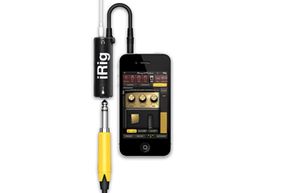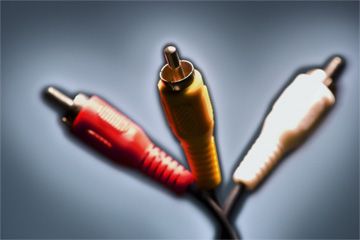Traditional guitar gear is analog, which means its signals are continuous. If you were to look at a graph of an analog signal, it would look like an unbroken, curving line. Analog gear preserves this signal. An analog amplifier is hardwired to take a signal, boost it and process it. But analog gear is limited to what the physical connections can do. One type of amplifier is always going to sound different from another. The components and methods used by manufacturers vary, sometimes model by model.
By converting the analog signal to digital and playing with that signal in a virtual amplifier, you open up many more options. There are many sound processing apps for the iPhone that let you mimic the sound you'd get from various real-world analog equipment. Sometimes it's almost indistinguishable from a physical setup.
With the right software, you can take a digital signal and make it sound like practically anything. You're not even limited to the standard effects you'd get with analog gear. But there are downsides too.
Digital amplifiers may not reproduce all sounds faithfully. You may feel as if some effects or tones are missing something or aren't quite right. There's also a psychological element at play -- sometimes a physical amplifier may feel like a better choice simply because you're familiar with it.
Another potential problem with iPhone amp kits is that some can introduce noise to your signal. You may get a hissing noise on top of your high ends. Or you may notice that some signals don't seem to come through cleanly. Most of the amplifier kits for iPhones have features to reduce noise either by introducing an option in the software side or -- as is the case with the AmpKit LiNK -- providing a powered peripheral that can pre-process a signal before it goes to your phone.
With the output jacks on these kits, you can send a processed signal out to another device like headphones or even a sound system or mixer board. That means you could potentially leave behind all those bulky gear boxes and just bring your iPhone with you to your next gig – assuming they'll have the amplification you need. As the technology improves, we may see a transition away from traditional analog gear. Some artists will probably hold on to their analog gear as long as they can and protest the transition. But then, electric guitars once faced derision and skepticism too, and look where they are today!




